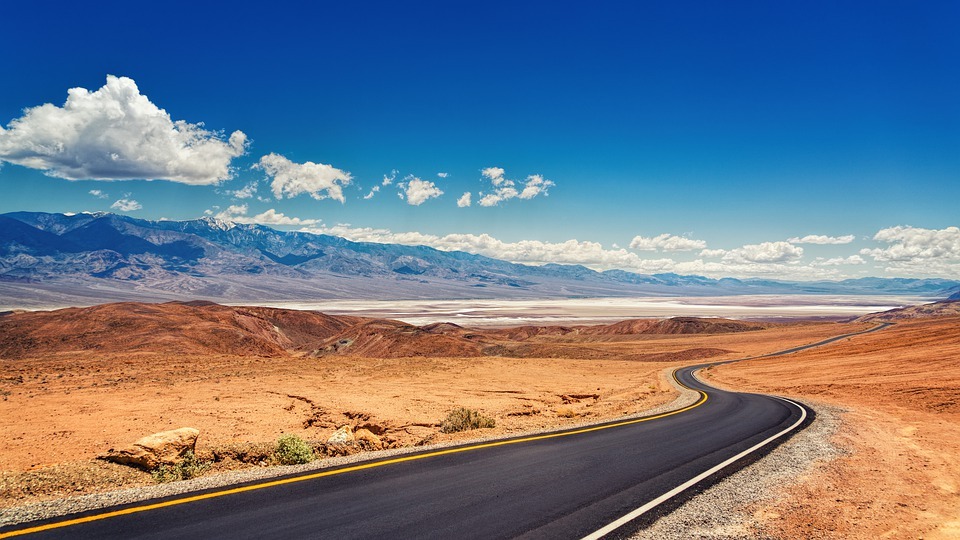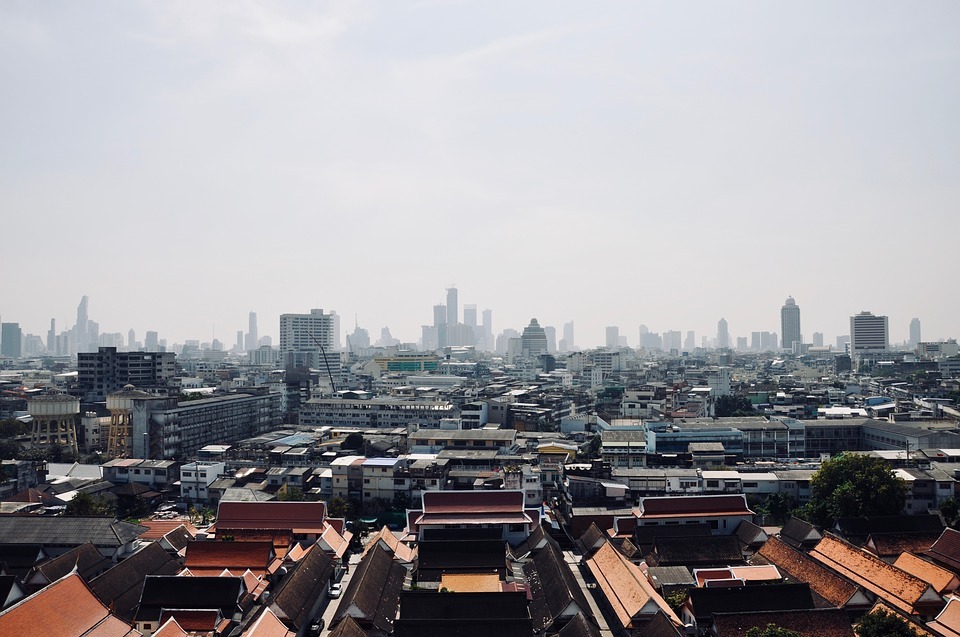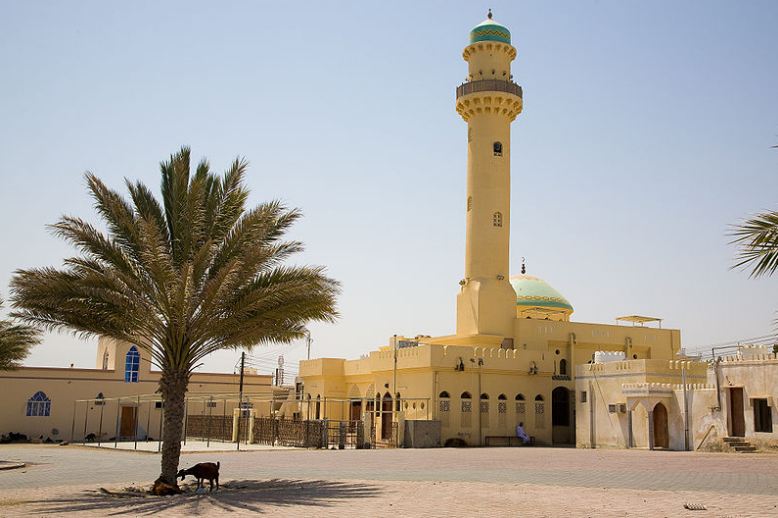Ever wondered why some places are extremely cold, and some are sweltering hot? If you choose which place you prefer to visit, is it the coldest region of Antarctica or the hottest desert in Africa? Or perhaps, once you truly realize the dangers extreme weather conditions may cause your body, you choose neither.
To give you an idea hot how it is at the hottest places on Earth, get an ice-cold glass of juice because the following places are too hot to handle.
Death Valley/ Furnace Creek
Death Valley/ Furnace Creek holds the record as the hottest place on Earth. Some claimed that Furnace Creek holds the record for the highest recorded air temperature on Earth at 134° F on July 10, 1913. The headquarters of the Death Valley National Park is at Furnace Creek.
From 1911 until 2006, 91.4° F was Furnace Creek’s average high temperature and an average low temperature of 62.9° F. July was the hottest month during those years, with 116.5° F as an average daily high temperature. Moreover, June was the driest month with an average monthly of 0.05 in (1.3 mm). Death Valley is the US driest place.
Meanwhile, the Mojave Desert had the hottest temperature recorded in June 2016: an average high of 115.5° F, topping out at a sizzling 126° F.
Kebili, Tunisia
The desert’s average temperature reaches over 104° F during the summer, but the highest temperature recorded from the area was 131° F in July 1931. The desert is known to produce abundant and quality dates that enjoy the scorching heat.
Meribah, Kuwait
In 2016, Mitribah had reached 129.02° F, which was considered the highest temperature recorded in the continental region of Asia. Meribah is a remote weather station in the area of northwest Kuwait. It holds the third-highest temperature on Earth.
Turbat, Pakistan
Turbat, the second-largest city in southern Balochistan, Pakistan, is situated on the Kech River Turbat. It holds the record as the fourth-highest temperature at 128.66° F, recorded on May 28, 2017.
Dallol, Ethiopia
Despite its stunning beauty from salt formations, acidic hot springs, and gas geysers, this hydrothermal field ranks as the world’s lowest sub-aerial volcano, with an average daily maximum temperature of 105.8° F recorded from 1960 to 1966.
Wadi Halfa, Sudan
Rain does not visit this place in a year. This sweltering city on the shores of Lake Nubia in Sudan is also on the list of the hottest places worldwide. In April 1967, it had reached 127.4° F temperature. June is the hottest month averaging 105.8° F temperature.
Dasht-e Lut, Iran
Based on a satellite measurement of temperature, which was gathered between 2003 and 2009, this desert plateau has the hottest surface sand recorded at 158° F. No wonder this salty desert is uninhabited.
Bandar-e Mahshahr, Iran
This is a sweltering ancient city and port in the province of Khuzestan, southwestern Iran. Its 165.2° F in July 2015 is the second-highest heat index on record in July 2015. Air temperature and relative humidity were combined to determine the heat index. Meanwhile, 123.8° F is the hottest recorded temperature it experienced.
Ghadames, Libya
Mud huts found on this oasis in the middle of a desert are a shelter to 7000 inhabitants that protect them from intense heat. It is one of Unesco World Heritage Sites, which is also famous as “the pearl of the desert.” Average highs in its temperatures reach 104° F, and a temperature of 131° F (unverified) was once recorded.
Tirat Zvi, Israel
In 1942, this valley that nestled roughly 722 feet below sea level hit a whopping 129° F, reportedly the highest officially recorded temperature in Asia.
Timbuktu, Mali
Hitting 108° F during summer, Timbuktu, nestled on the Sahara Desert southern edge, this ancient city had the highest recorded temperature exceeding 130° F.
Bangkok, Thailand
The average annual temperature in Bangkok, Thailand reaches 85° F no wonder this bustling metropolis is also known as a land with unrelenting heat. However, during March to May, or summer months, the highest temperatures hit up to 95-100° F with humidity that hovers at a crippling 90 percent.
Flaming Mountains, China
As its name says, these sandstone hills are found in the middle of Xinjiang’s Turpan Basin, where temperatures reached 152.2° F in 2008.
Athens, Greece
In July 1977, Athens, Greece, established the record for mainland Europe with a temperature of 118.4° F. If only the Acropolis had a cooling system!
Aziziyah, Libya
The old seat of the Jafara region, 25 miles south of Tripoli, used to be known as the hottest site on Earth, with a temperature of 136.4° F recorded in 1922. However, it was deprived of its title in 2012 after meteorologists declared it invalid because of several issues, including the inexperience of the individual who recorded it. In midsummer, though, the town still sees temperatures exceeding 118.4° F regularly.
Ouargla, Algeria
On July 5, 2018, the hottest temperature accurately recorded in Africa was 124.34° F in Ouargla, Algeria’s Sahara desert. There are many historical claims for Africa’s hottest temperature – including the current official record of 131° F in Kebili, Tunisia – but they all raise red flags because they were documented at the Italian and French military outposts in the colonial era.
Quriyat, Oman
The Omani city of Quriyat, located south-east of the capital Muscat, recorded the highest ever minimum – i.e., night-time – temperature on June 26, 2018. The mercury didn’t get below 108.68° F that night, beating the previous record of 107.42° F, also recorded in Oman.
Rivadavia, Argentina
According to the World Meteorological Organization (WMO), Rivadavia had the hottest temperature ever recorded in South America, with 120° in F December 1905.
Is It Safe to Travel to Areas With Extreme Heat?
Locals have acclimated to the heat in general, but you will need to be prepared. Before leaving, make sure you’re in decent physical shape and think about how much time you’ll be on the road.
Adapting to hot regions is possible, but only after a couple of weeks. If you don’t have that much time, drink plenty of non-alcoholic drinks, cover your bare skin with loose, light-colored clothing, and wear sunscreen and sunglasses.





